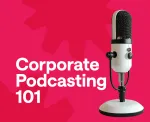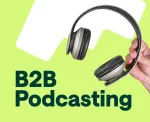
Onboarding Gen Z? Here's Why You Should Use Video
Gen Z is the new kid on the block in the workforce, bringing their own unique experiences, values, and expectations to the table. They've grown up in a fast-paced, tech-driven world, which has shaped the way they approach work and communication. That's why many Gen Z-ers are tech-savvy, crave meaningful

